How to Build Out Your Camp Kitchen

Contributed by Lily Krass
Cooking a big meal in the great outdoors can be a little intimidating. There’s prep work to be done, a fire to light, pans to clean, and somehow never enough table space to slice & chop or set down a drink. It can feel tempting to reach for a bag of dehydrated lasagna, pass around a box of cookies and call it a night. No judgments if that’s how you roll, but if you’re willing to do a little planning, sharing a homemade camp meal with friends and family is well worth the effort. We’ve compiled a basic set of guidelines to help you get started for a smooth (and delicious) meal on your next weekend camping trip.

Start with the basics
While there are tons of fancy camp kitchen gadgets out there, I’ve found that I can cook almost anything I want at the campsite with a pretty basic kitchen set up. Any time I clean out my kitchen, I usually find a few things I never use—an extra knife, pasta pot, mismatched utensils, monogrammed bottle opener from a friend’s wedding, you name it. Instead of throwing them away, I’ll give them a new life in my camp kitchen, saving waste and money. Here are some basics to get you started:

Cooking/Preparing:
- Stove and fuel (A double-burner propane stove will last forever and give you the ability to cook a few things at once)
- Pots and pans (You can get pretty far with a cast-iron skillet and a 3-4 quart saucepan)
- Spatula
- Knife
- Cutting board
- Spices
- Olive oil (pour some from your kitchen into a repurposed container)
Organization:
- Cooler (45-60-quart size is perfect for long weekends)
- Bagged, block or dry ice, or ice pack substitutes
- Folding Table
- Lantern
- Tupperware (it’s always useful to have a place for leftovers and pre-prepped items)
Dishware (1 set per person):
- Plates/bowls
- Mugs/cups
- Utensils
Cleaning
- Sponge and dish soap
- Rags/paper towels
- Trash bags
- Refillable water jug (this can be a plastic gallon jug that you refill)

Plan Ahead
Decide what you want to eat and prep as much as you can in your kitchen at home - this will save you tons of time and the headache of doing so at the campsite. For instance, if I’m going to make a veggie stir fry, I like to chop all my veggies at home in my kitchen and toss them in a bag with a little olive oil and seasoning. Then when the time comes, all I have to do is empty the contents into a pan on my camp stove or over the fire. Pancake batter is my favorite treat to have ready-made in the morning—all you have to do is shake it up, add chocolate chips or blueberries, and pour it onto a skillet!

Box It Up
Once you’ve gathered all your camp kitchen basics, store them in an enclosed bin or box so it’s easy to pack up for an impromptu weekend trip. It doesn’t have to be a nice box (mine is a clear plastic bin I bought for $8.99 at K-Mart), but it’s nice to be able to grab it all in one go. Don’t worry too much about organizing it perfectly—all it takes is one bumpy car ride down a forest service road to overhaul your efforts at keeping each item in its place. I like to pack a few non-perishable foods to live at the bottom of the box as “emergency food” in case I don’t have time to fully pack for a trip. A few packets of instant oatmeal, rice, beans, and coffee are nice to have on hand if you have extra friends join at the last minute or want to stretch out your trip for an extra night.
In the summer, I like to keep my kitchen box, stove, and camp chairs in the trunk of my car at all times—it makes it that much easier to hit the road and go!





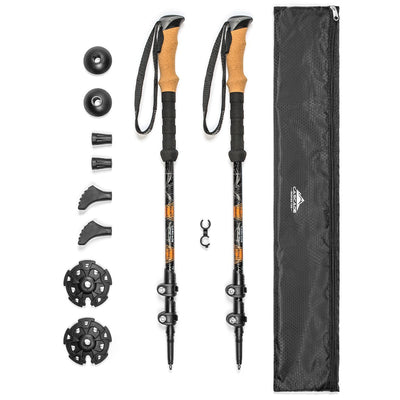
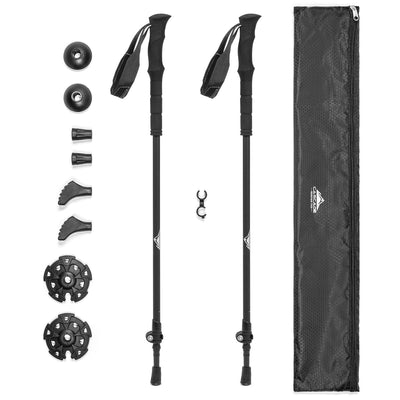
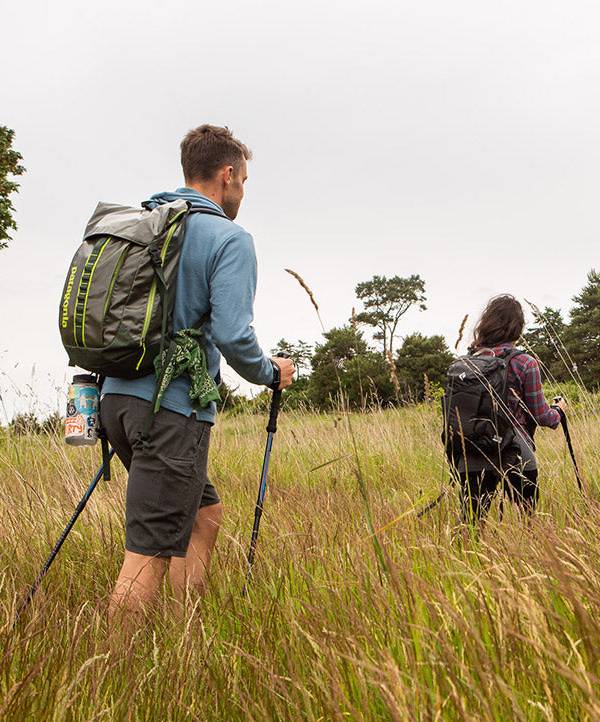

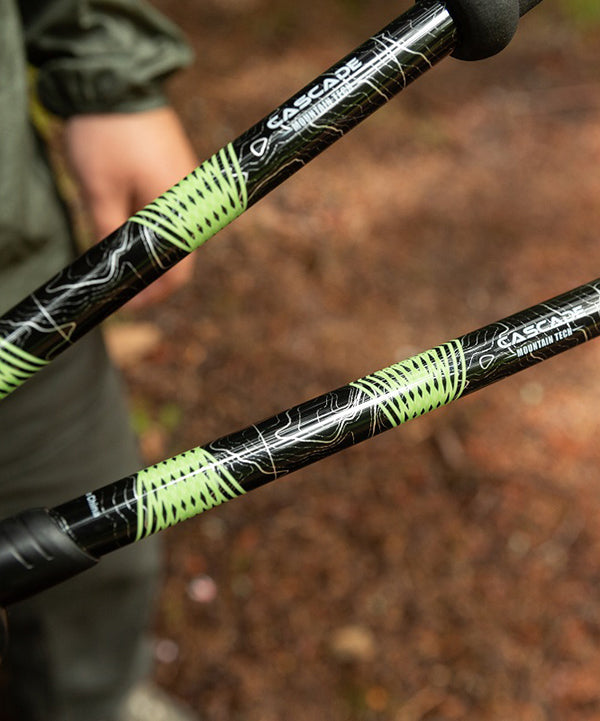

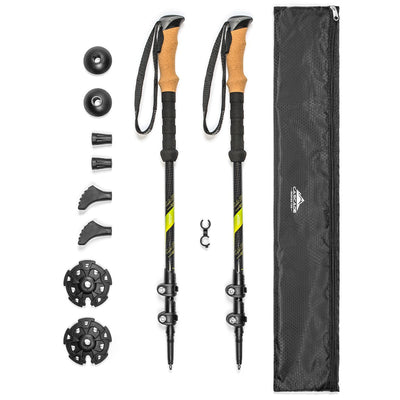
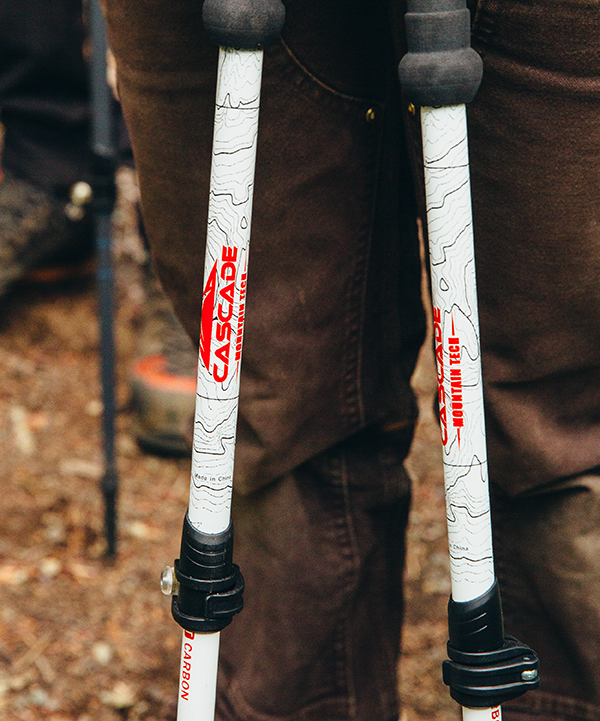
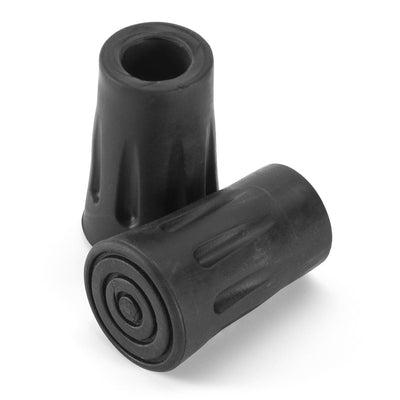
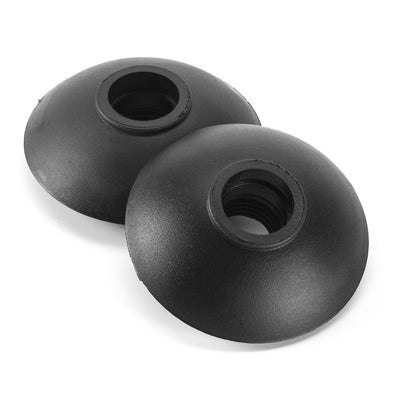
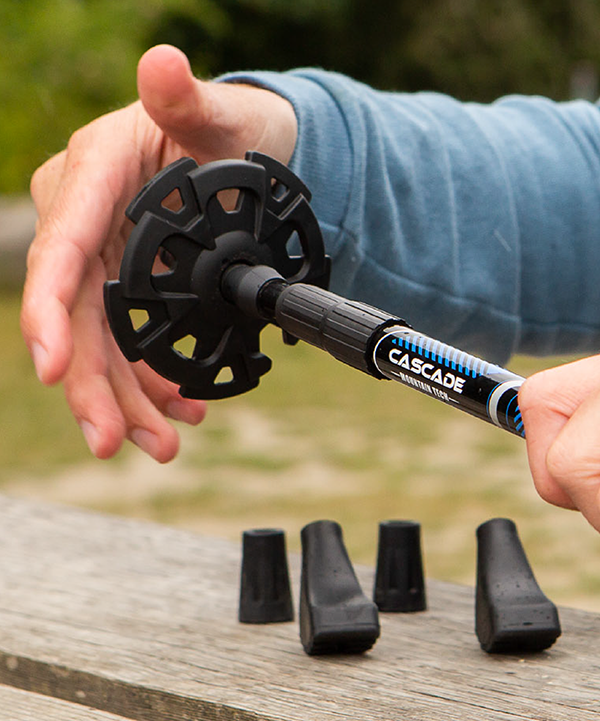
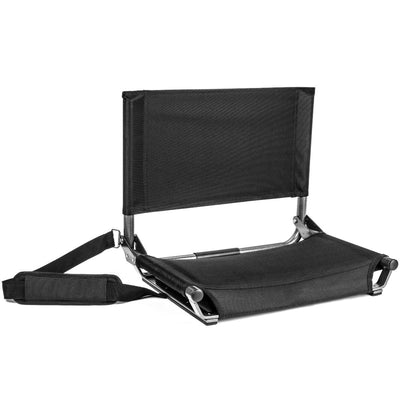
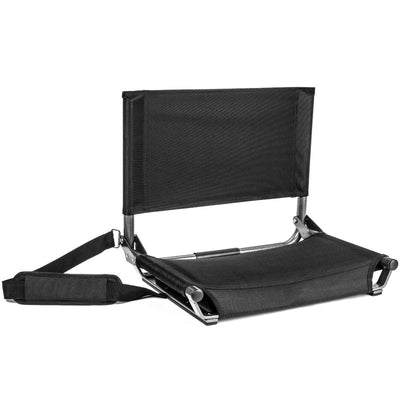



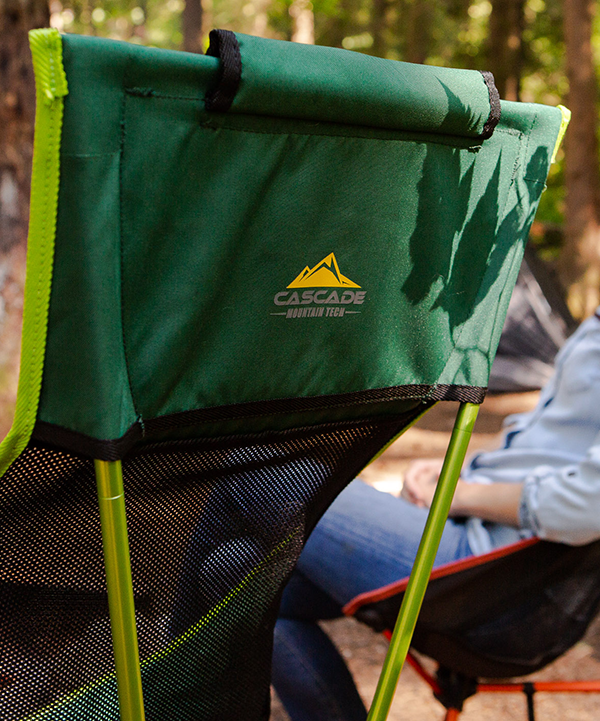
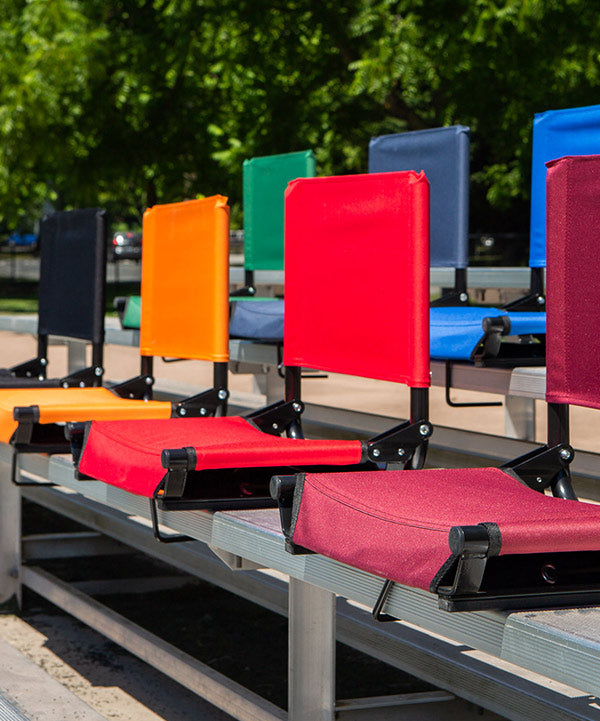

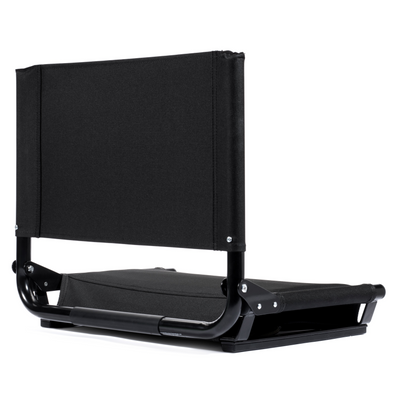
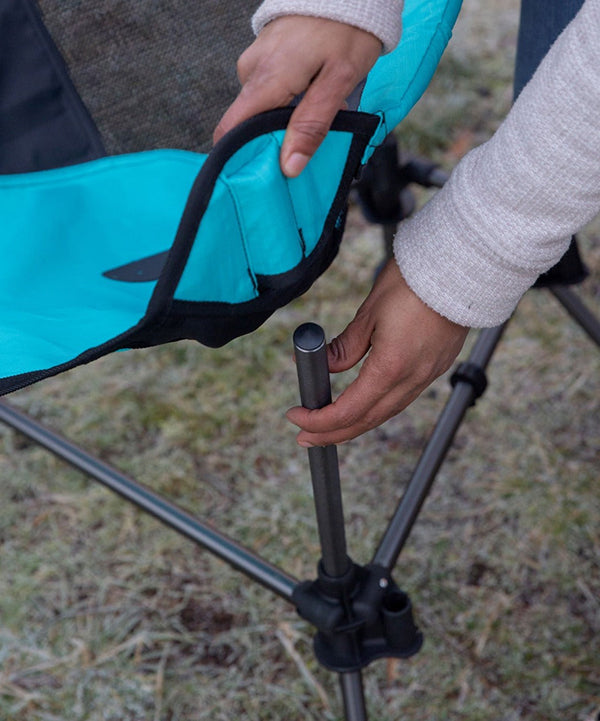
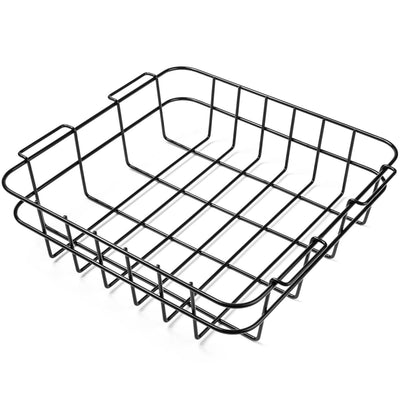

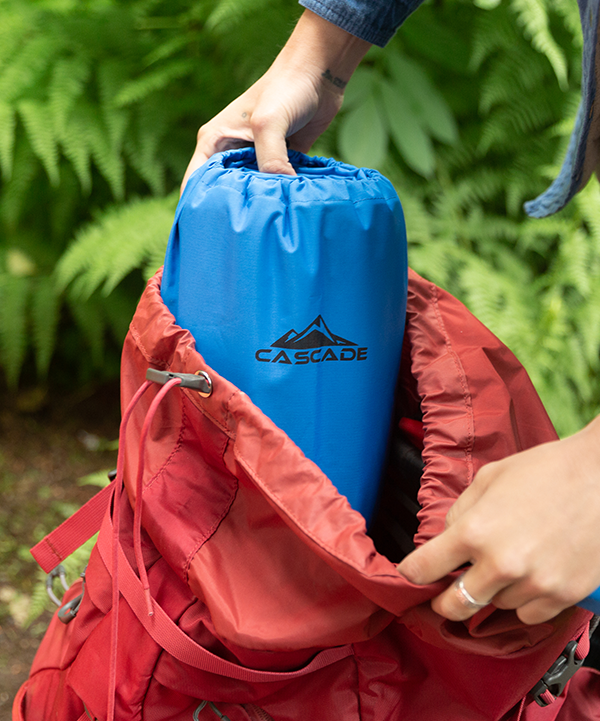
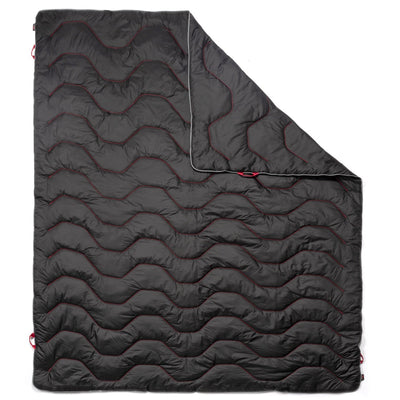
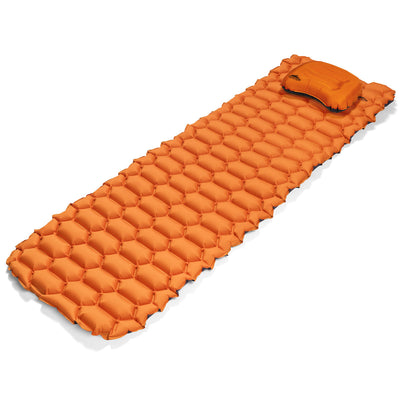



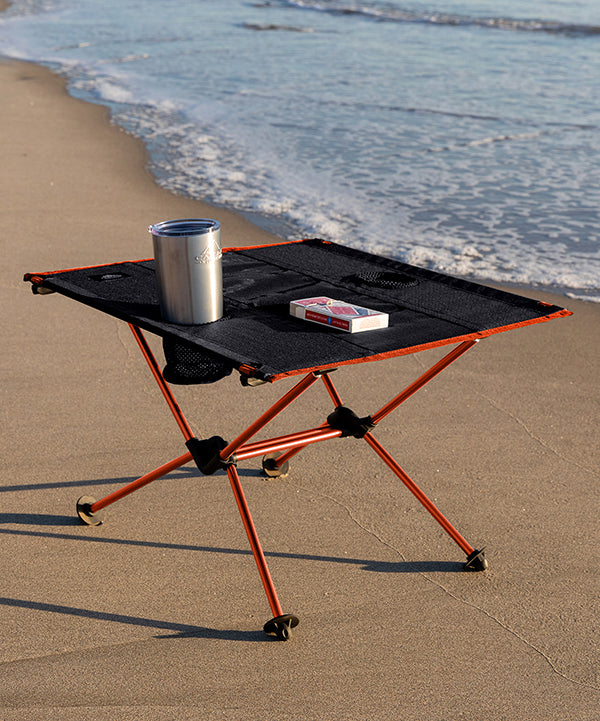

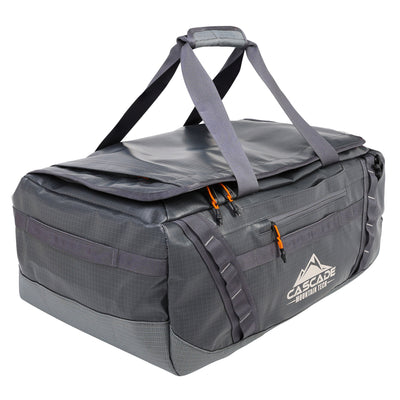
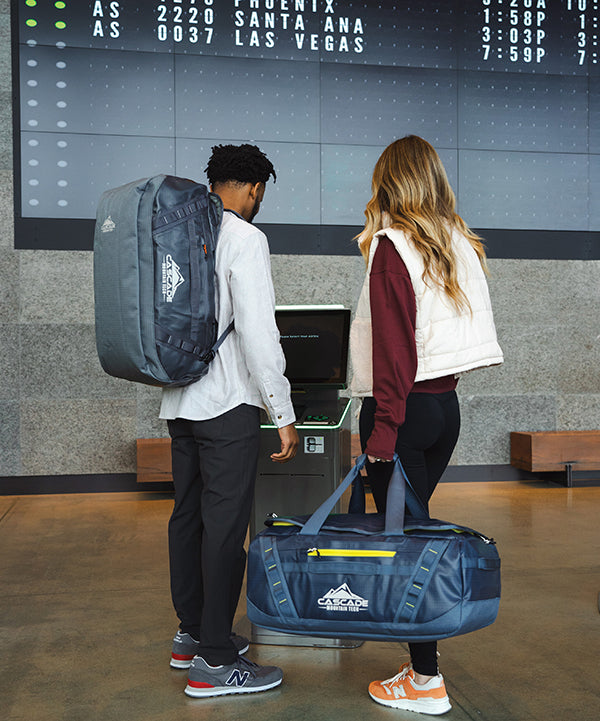
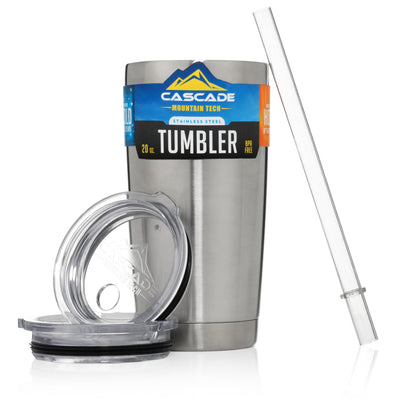
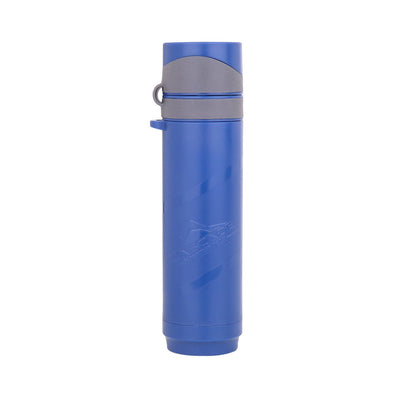
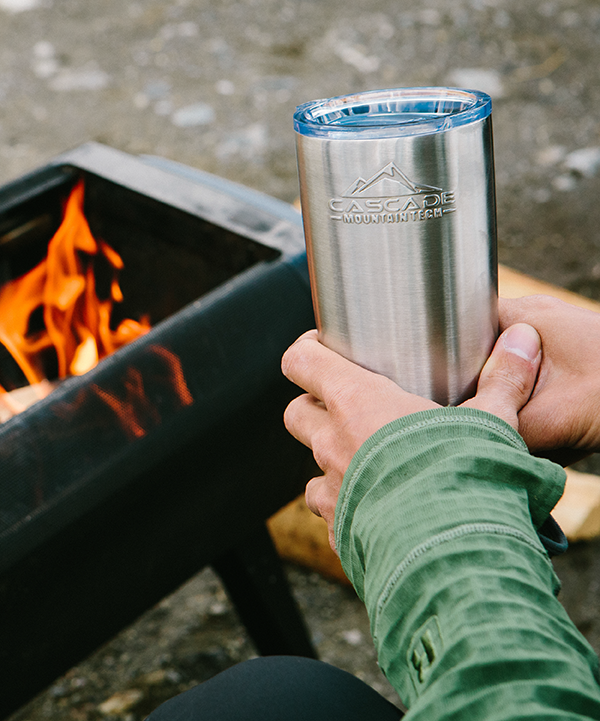
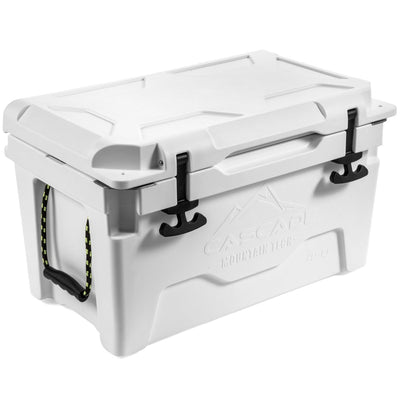



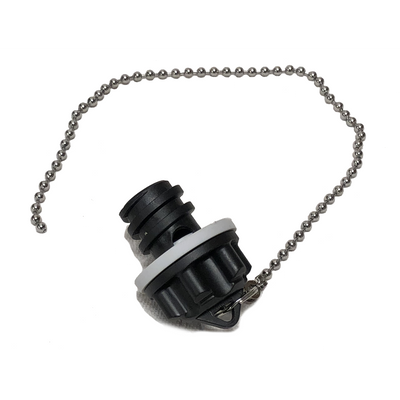
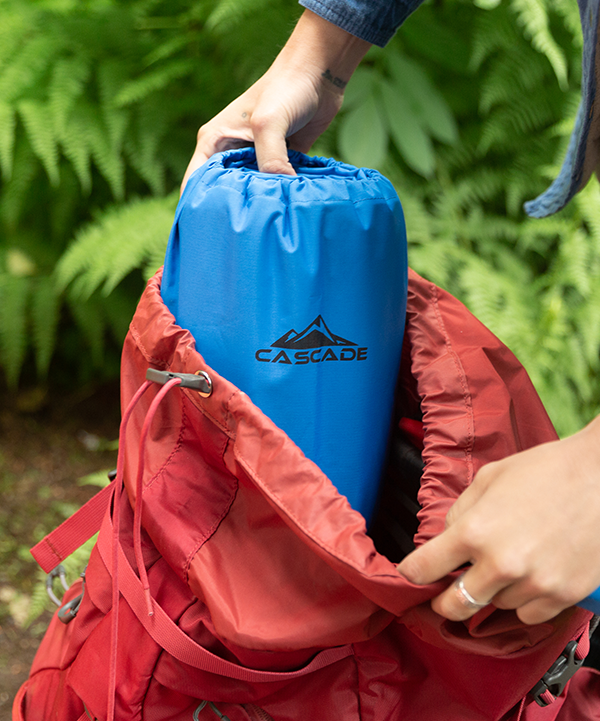
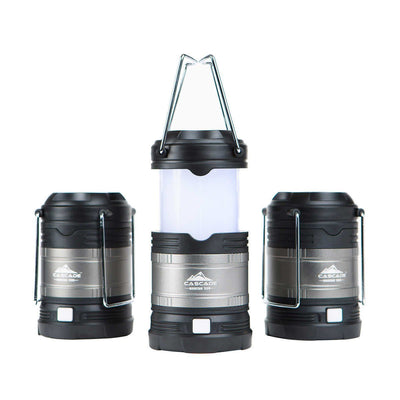

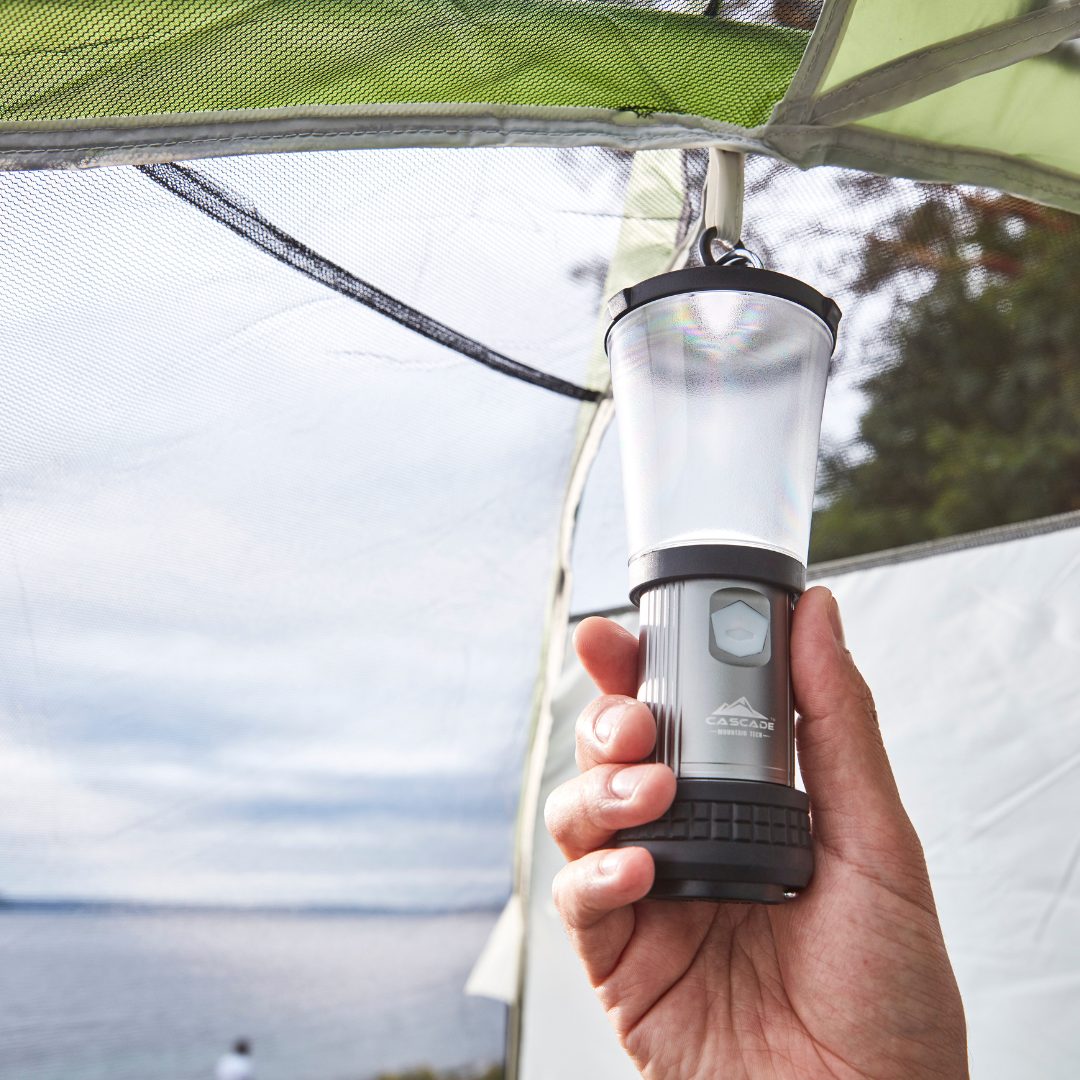

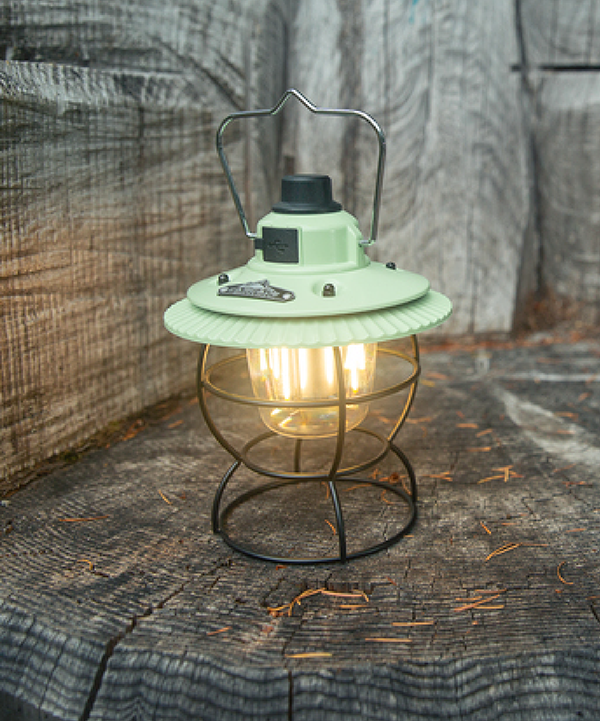

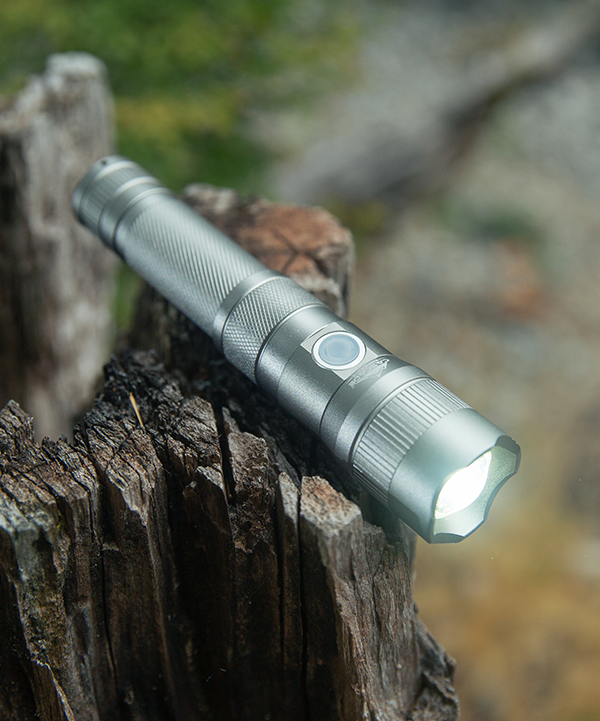

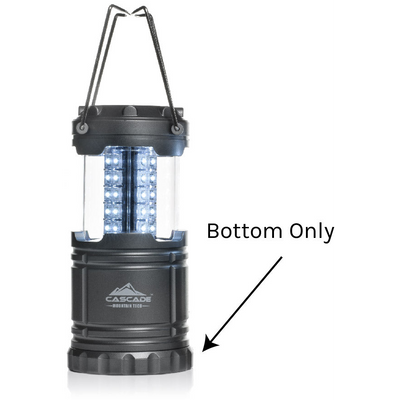
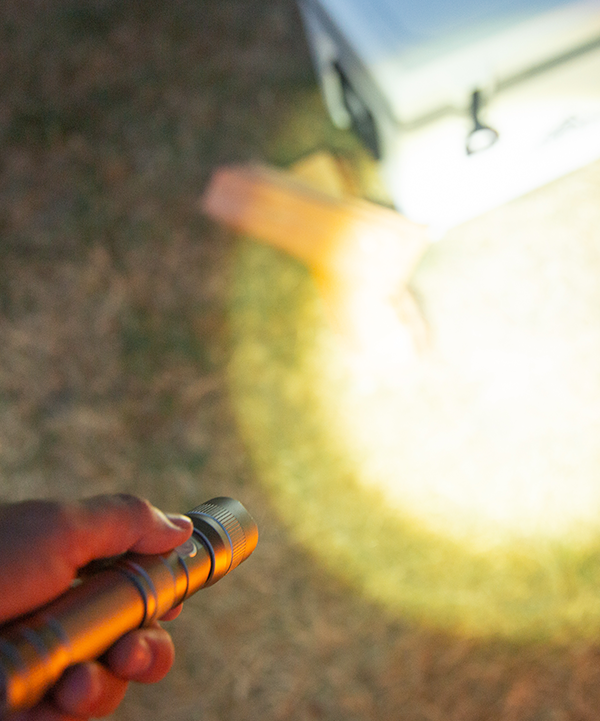
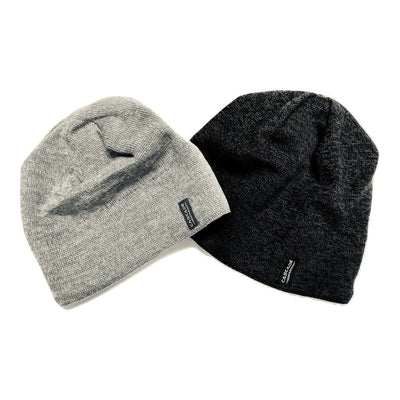
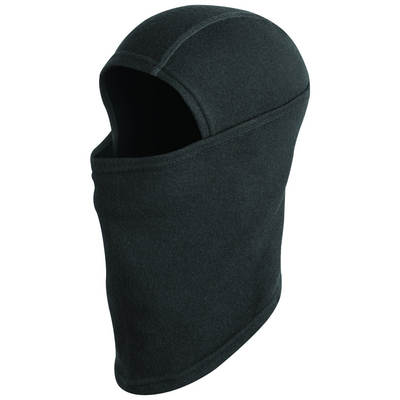
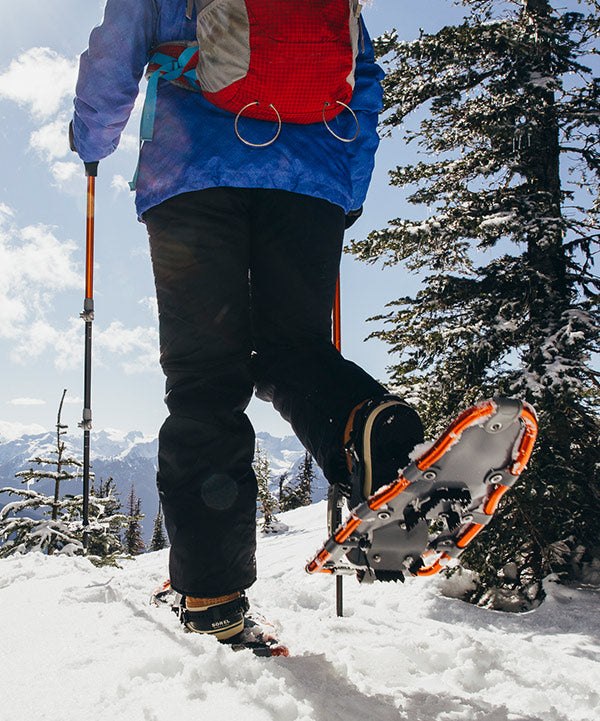

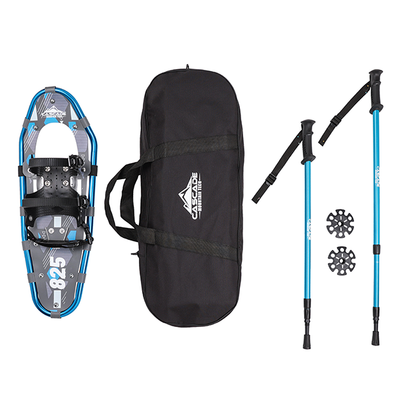
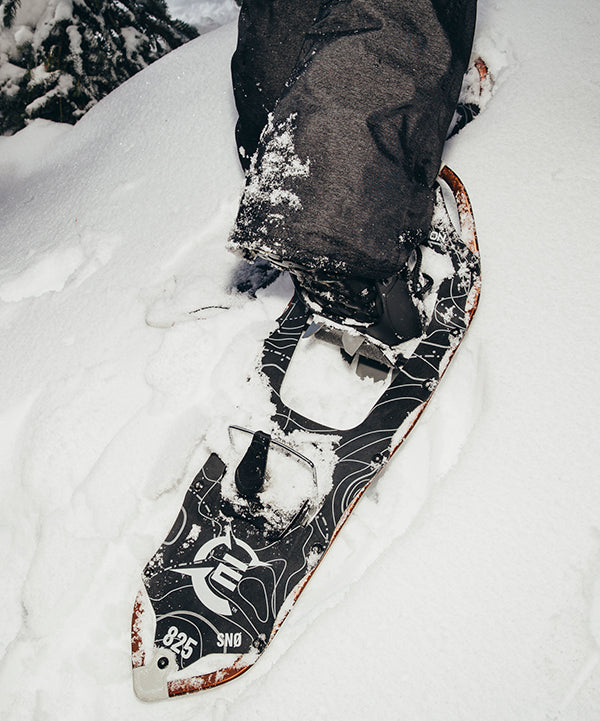

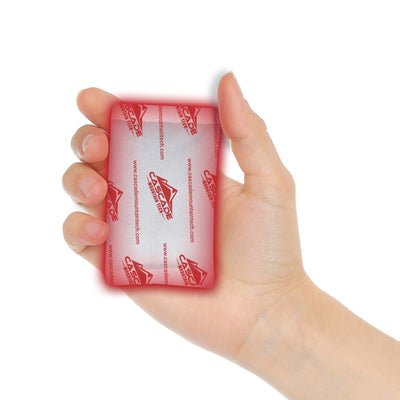

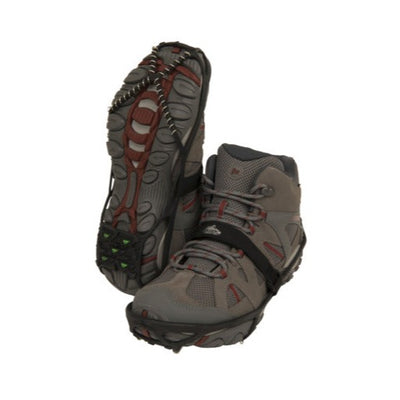

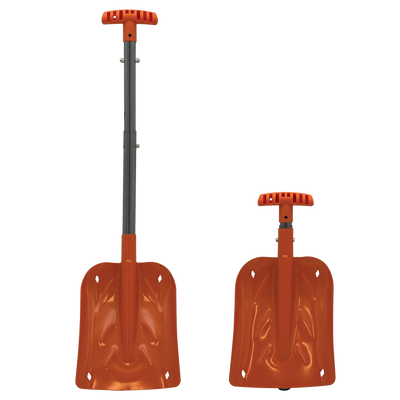
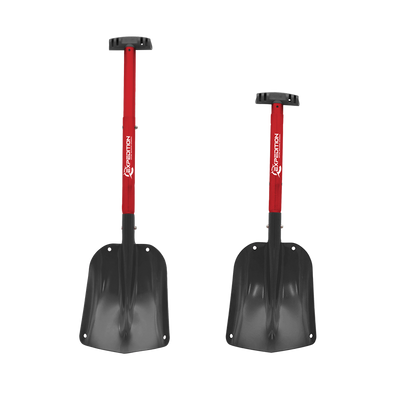
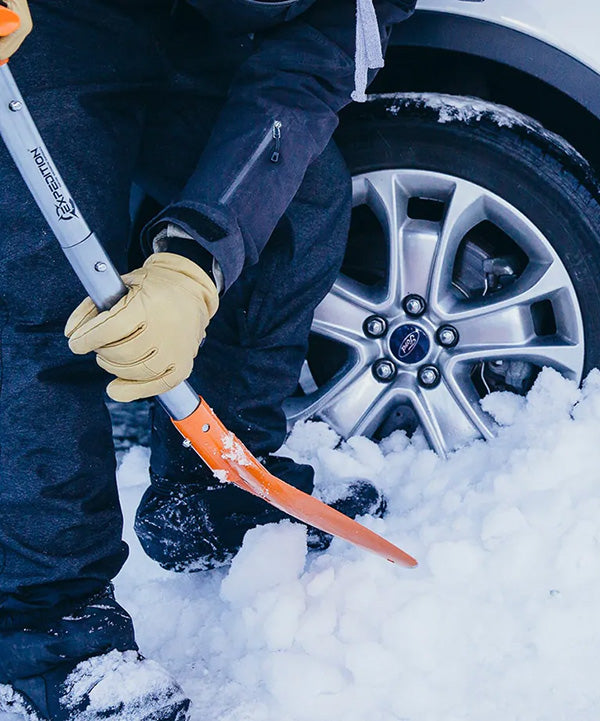
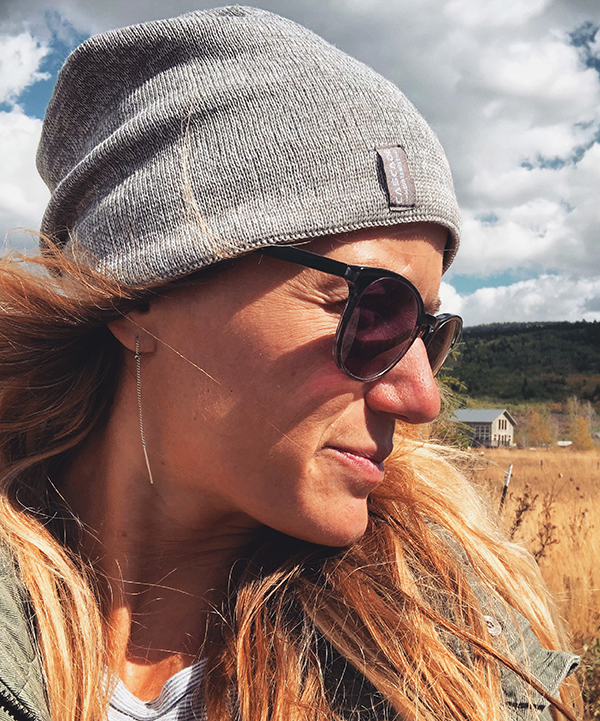

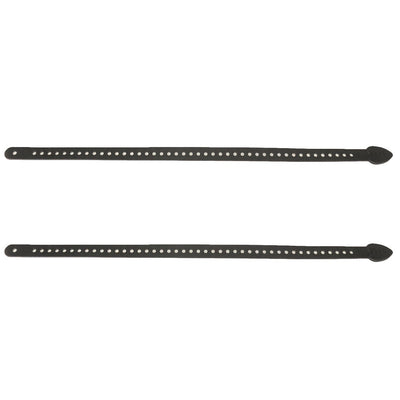











Leave a comment